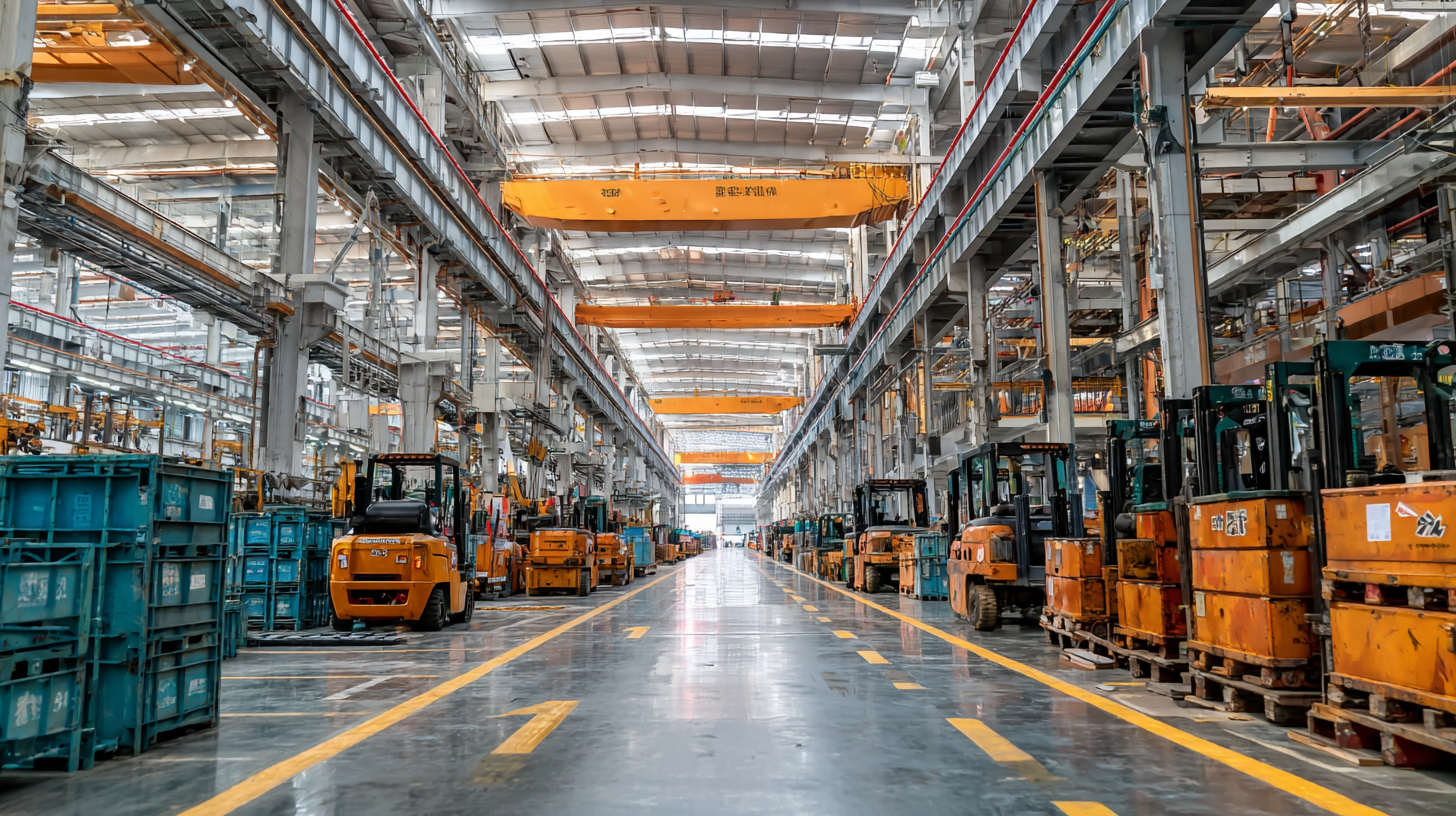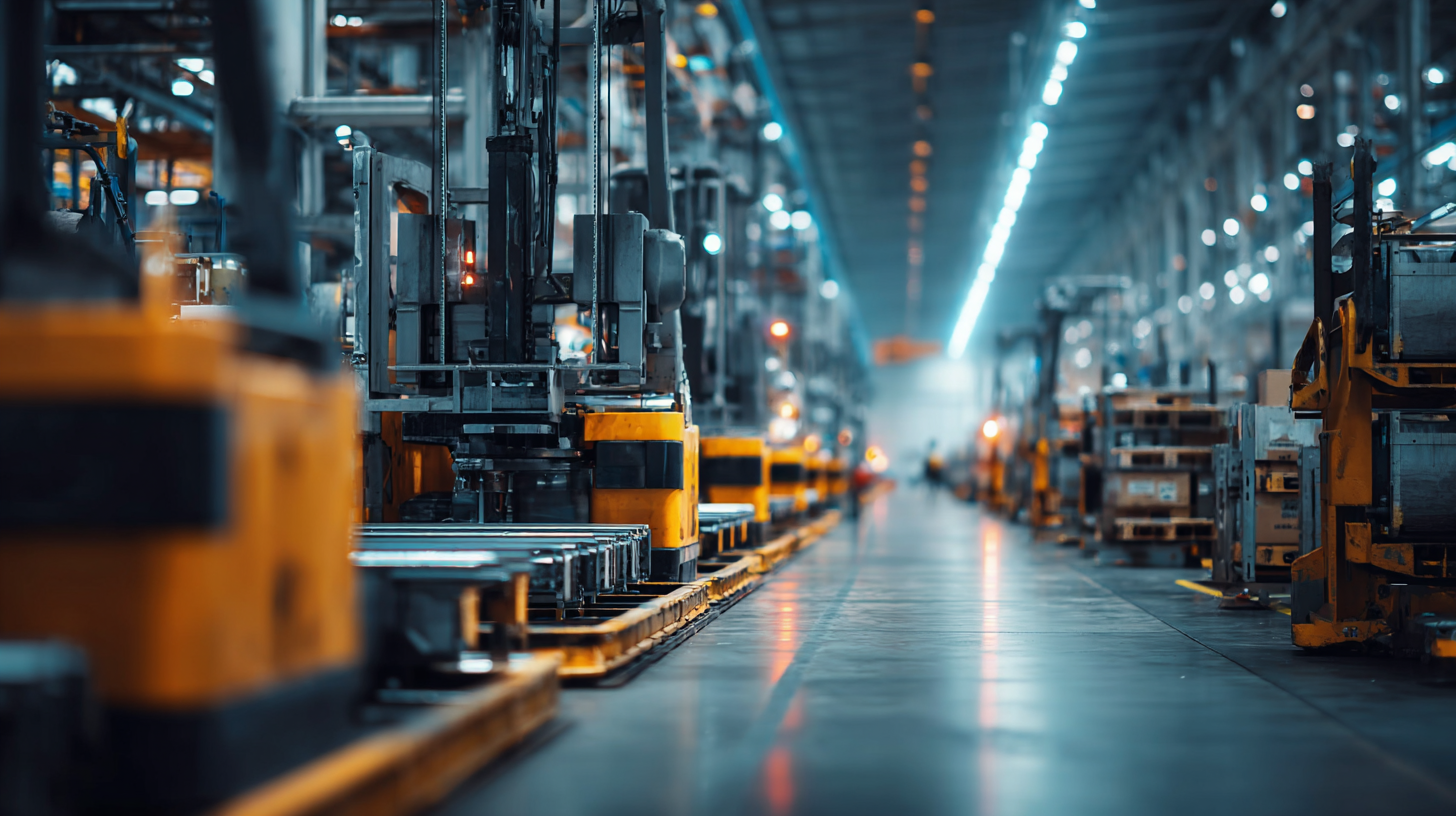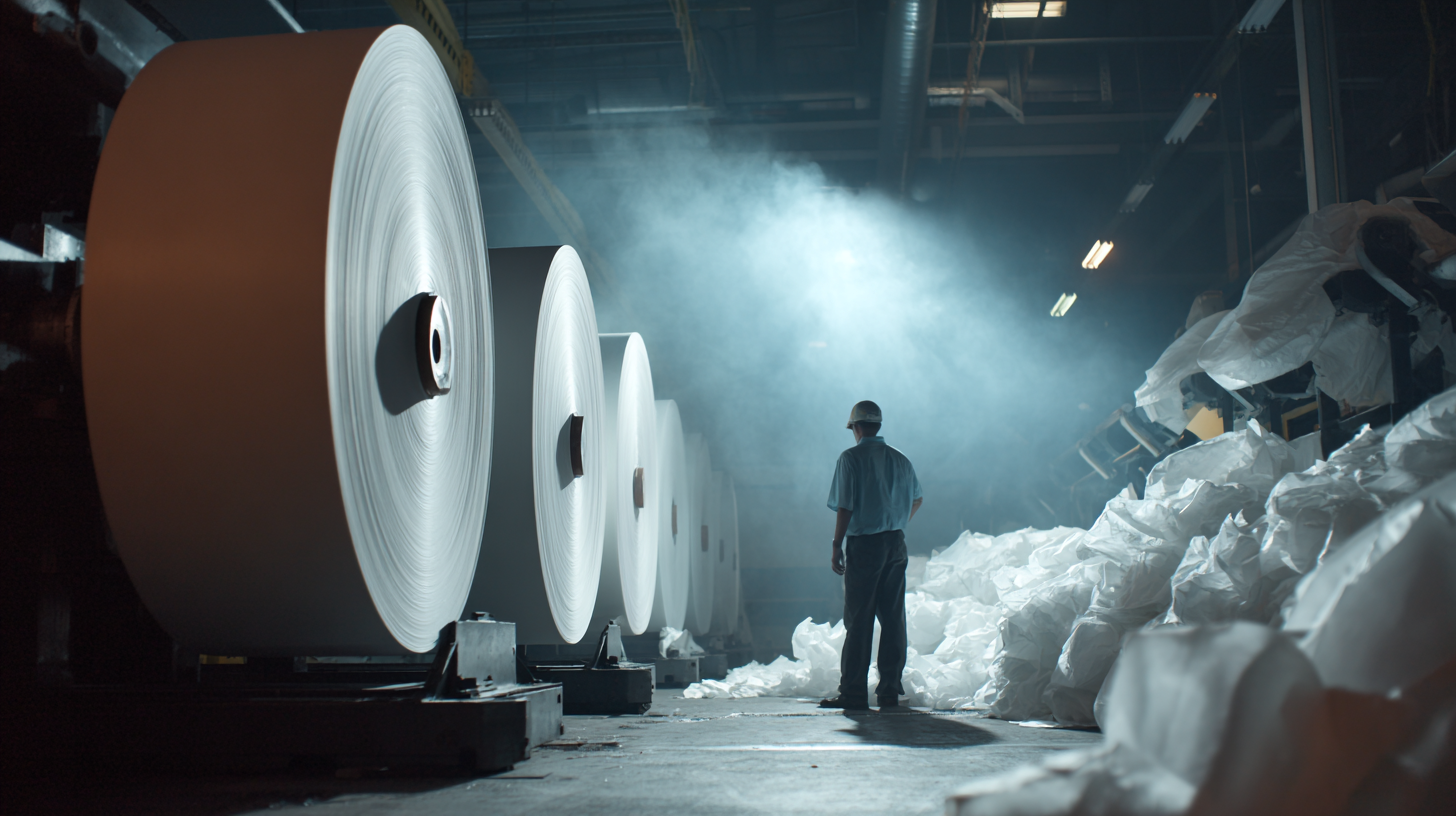
What is the Role of the Best Factory in Global Sourcing Strategies
In today's rapidly evolving global marketplace, the role of the best factory in global sourcing strategies has become increasingly crucial. As companies strive for efficiency, cost-effectiveness, and quality, the selection of the right manufacturing partner can significantly impact their competitive edge. This blog explores the multifaceted reasons why factories lead the charge in global sourcing, from leveraging advanced technologies to streamline production processes, to adopting sustainable practices that meet consumer demands.

We will delve into how the integration of digital tools enhances visibility in the supply chain, enabling businesses to make informed decisions and foster stronger partnerships. Understanding the pivotal role that the best factory plays not only illuminates the path to successful global sourcing but also highlights the importance of adaptability and innovation in today's business landscape.
The Importance of Selecting the Right Factory in Global Sourcing
In today’s rapidly evolving global marketplace, selecting the right factory is crucial for multinational corporations aiming to optimize their sourcing strategies. With a noticeable shift away from reliance on traditional manufacturing powerhouses like China, companies are increasingly turning to emerging markets such as India. The transition necessitates a careful evaluation of potential partners, ensuring that chosen factories not only meet quality standards but also adhere to ethical practices and sustainability goals.
As companies pivot towards alternative sourcing locations, the importance of infrastructure cannot be overstated. For instance, India's aspiration to become the next global manufacturing hub hinges on its ability to expand and modernize its ports. Efficient logistics play an essential role in supply chain management, enabling timely delivery and cost-effectiveness. Additionally, with growing concerns regarding China’s manufacturing landscape, companies must navigate the complex terrain of global sourcing while prioritizing transparency and ethical labor practices, thereby reinforcing the significance of choosing factories that align with their corporate values.
Key Factors That Define a "Best Factory" in 2025
 In 2025, the definition of a "Best Factory" in global sourcing strategies will be shaped by several key factors that reflect the evolving landscape of manufacturing and supply chain management. Firstly, sustainability will be at the forefront, with factories adopting greener practices that minimize waste and reduce carbon footprints. Companies will prioritize sourcing from factories that demonstrate a commitment to environmental stewardship, utilizing renewable energy sources and eco-friendly materials in their production processes.
In 2025, the definition of a "Best Factory" in global sourcing strategies will be shaped by several key factors that reflect the evolving landscape of manufacturing and supply chain management. Firstly, sustainability will be at the forefront, with factories adopting greener practices that minimize waste and reduce carbon footprints. Companies will prioritize sourcing from factories that demonstrate a commitment to environmental stewardship, utilizing renewable energy sources and eco-friendly materials in their production processes.
Secondly, technological advancement will play a crucial role in defining a best factory. The integration of Industry 4.0 technologies, such as IoT, artificial intelligence, and automation, will not only enhance operational efficiency but also improve product quality and customization capabilities. Factories that embrace these technologies will be better positioned to respond to shifting consumer demands and market trends, offering agility that traditional manufacturing setups may lack.
Lastly, a commitment to workforce development will distinguish the best factories. In an era where skills gaps are prevalent, factories that invest in employee training and development will create a more competent and motivated workforce. By fostering a culture of continuous learning and improvement, these factories will ensure higher productivity and innovation, ultimately securing their place as leaders in the global sourcing landscape.
Evaluating Quality and Efficiency in Global Supply Chains
In today's interconnected marketplace, evaluating quality and efficiency in global supply chains is crucial for businesses aiming to leverage the advantages of global sourcing. The best factories play a pivotal role in this process, as they not only deliver high-quality products but also optimize resource use and reduce lead times. To achieve these goals, it is essential for companies to conduct thorough assessments of potential suppliers, focusing on their production capabilities and adherence to quality standards.
Tip: When evaluating factories, consider conducting on-site inspections and audits. This provides first-hand insights into the production processes and allows you to verify the quality assurance measures in place.
Moreover, effective communication with suppliers is vital for fostering long-term relationships and ensuring that quality standards are consistently met. By regularly exchanging feedback, businesses can address issues promptly and maintain efficient workflows across all stages of production.
Tip: Utilize digital tools for real-time tracking and collaboration with suppliers. This enhances transparency in operations and helps identify potential bottlenecks before they escalate.
The Role of the Best Factory in Global Sourcing Strategies
The Impact of Technology on Factory Operations and Sourcing Strategies
The digital transformation in the manufacturing sector is reshaping global sourcing strategies significantly. As companies increasingly leverage technology, particularly AI and advanced analytics, procurement processes are becoming more streamlined and strategic. This shift enables organizations to navigate the complexities of global supply chains with greater agility, ultimately enhancing efficiency and driving innovation. The focus on data-driven decision-making empowers manufacturers to optimize their sourcing strategies, allowing for better supplier selection, inventory control, and production scheduling.
Moreover, the impact of recent geopolitical developments and regulatory changes, such as those surrounding semiconductor manufacturing in the U.S., underscores the importance of technology in maintaining competitive advantages. Manufacturers are investing in digital infrastructure to bolster their resilience against disruptions, such as those experienced during the COVID-19 pandemic. By prioritizing technological advancements, businesses can create more adaptable and collaborative supply chain networks, ensuring they are better prepared for future challenges while protecting their operational integrity in an increasingly competitive landscape.
What is the Role of the Best Factory in Global Sourcing Strategies - The Impact of Technology on Factory Operations and Sourcing Strategies
| Dimension | Description | Impact Level (1-5) | Technology Integration |
|---|---|---|---|
| Production Efficiency | Utilization of advanced machinery and automation to optimize production lines. | 5 | Robotics, IoT |
| Supply Chain Management | Use of technology for real-time tracking and management of inventory. | 4 | Blockchain, ERP Systems |
| Quality Control | Implementation of quality assurance technologies to minimize defects. | 5 | AI, Machine Learning |
| Cost Management | Use of technology to analyze and reduce operational costs. | 4 | Data Analytics, Cloud Computing |
| Sustainability Practices | Integrating eco-friendly technologies in the manufacturing process. | 5 | Energy Management Systems, Renewable Energy Technology |
Sustainability Practices and Their Role in Modern Manufacturing Decisions
In today’s competitive landscape, sustainability practices are not just an ethical choice but a strategic necessity for modern manufacturing decisions. Manufacturers are increasingly evaluated on their ability to minimize environmental impact while maintaining productivity. Implementing sustainable practices can lead to cost reductions, improved brand reputation, and compliance with regulations. Companies that prioritize eco-friendly processes often see a boost in customer loyalty, as consumers are more inclined to support brands that demonstrate a commitment to sustainability.

Tips for integrating sustainability into your manufacturing processes include conducting regular audits to identify areas for improvement, such as energy consumption and waste production. Additionally, engaging suppliers in sustainability efforts can enhance your supply chain’s overall effectiveness. Consider adopting lean manufacturing principles, which focus on reducing waste and enhancing efficiency, ultimately contributing to a smaller carbon footprint.
Moreover, investing in sustainable technologies, like renewable energy sources or innovative waste management systems, can further reduce environmental impact. Establishing clear sustainability goals and metrics will ensure that your factory not only meets modern demands but thrives in an eco-conscious market. This proactive approach can position your factory as a leader in global sourcing strategies, aligning with the evolving preferences of businesses and consumers alike.
